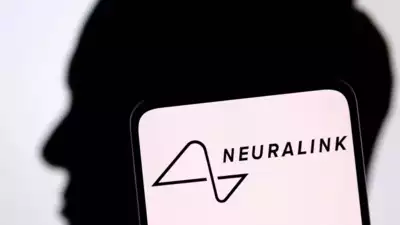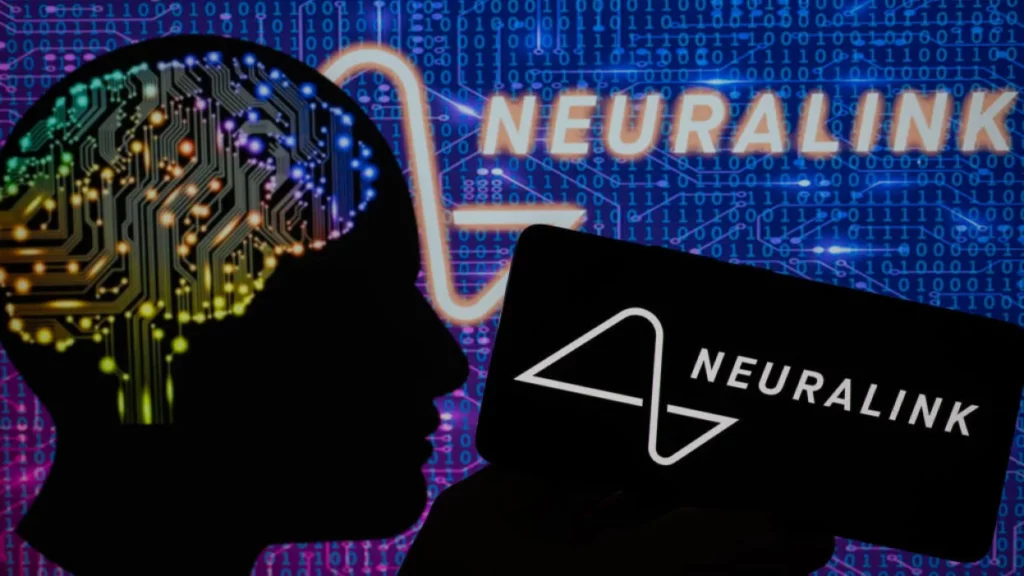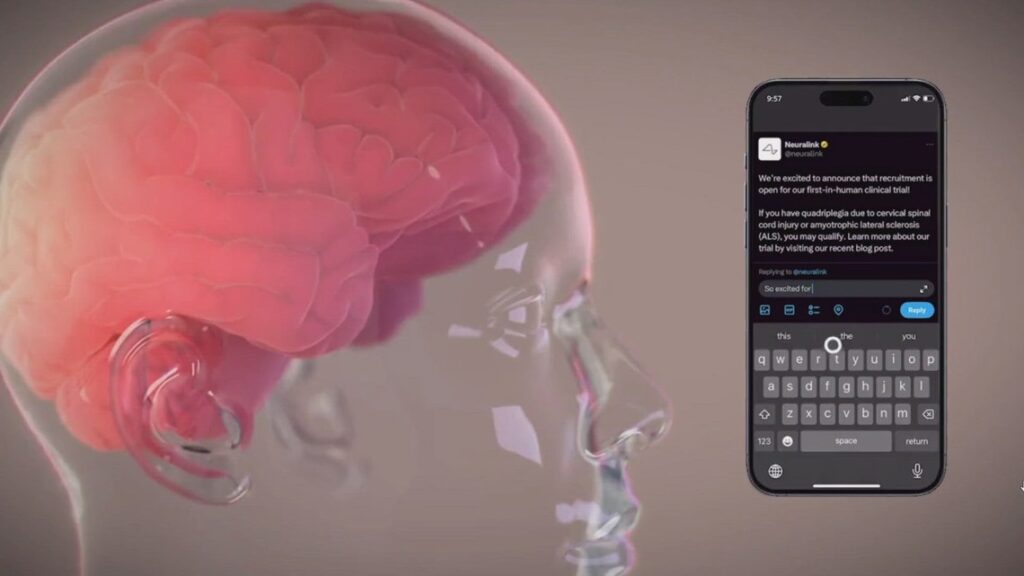Neuralink’s brain-computer interface device, or brain chip, has had some challenges since it was implanted in its first human patient, according to the company’s blog post.
It’s been roughly eight months since Elon Musk’s tech venture revealed that it was looking for subjects for its first clinical trial, and about a year since the FDA approved the BCI device for human implant.
The software’s premise and ultimate purpose is to enable persons with paralysis to control a computer cursor or keyboard solely through thought.

The operation is believed to be working “extremely well” so far, with Neuralink saying that Noland Arbaugh, the company’s first human volunteer, was able to return home the day after the chip was implanted.
However, Neuralink scientists have reported some concerns, stating that “some of the device’s electrode-studded threads started retracting from the brain tissue” in February, a month after it was surgically implanted.
The retraction of the electrode-studded threads from Arbaugh’s brain caused a malfunction, impairing his ability to rapidly and correctly manipulate the computer cursor.
Neuralink overcame this issue by making the “recording algorithm” more sensitive to the flow of impulses between nerve cell clusters in the brain.
Also “improved” were the mechanisms utilized to interpret those signals into cursor movements.

According to the blog post, Neuralink’s improvements resulted in a rapid and continuous improvement in BPS, which has now surpassed Noland’s initial performance. BPS (bits-per-second) is a standard for measuring cursor control speed and precision.
Arbaugh’s experience with the “link” is continuously monitored, since he participates in research sessions for up to 8 hours every day. The device is used for a total of 69 hours per week, divided between 35 hours of scheduled training and 34 hours of personal use and leisure.
“In the weeks following his operation, Noland used the Link to manage his laptop from a variety of positions, including lying down in bed. He plays online computer games with buddies (Chess, Civilization VI), browses the internet, watches live streams, and uses other applications on his MacBook, all while directing a cursor with his mind, according to a Neuralink blog post.

Text entry and improved cursor control performance are the immediate goals.
The issue of electrode-studded thread retraction has been fixed, according to the post, and Neuralink experts are now trying to “push cursor control performance to the same level as that of able-bodied individuals.”
In addition, the link’s capabilities will be expanded to incorporate text entry, which could eventually allow control of “robotic arms, wheelchairs, and other technologies” to assist persons with quadriplegia.
“I think it [the technology should give a lot of people a lot of hope for what this thing can do for them, first and foremost their gaming experience, but then that’ll translate into so much more and I think that’s awesome,” according to Arbaugh, who is mentioned on the site.
Radiant TV, offering to elevate your entertainment game! Movies, TV series, exclusive interviews, music, and more—download now on various devices, including iPhones, Androids, smart TVs, Apple TV, Fire Stick, and more.


